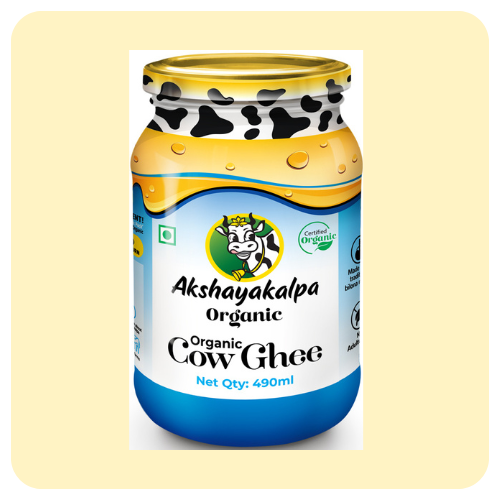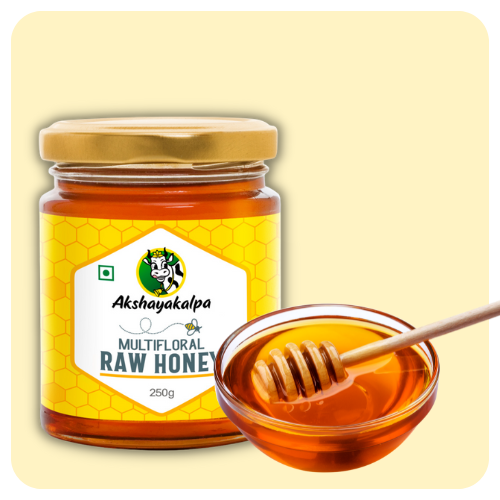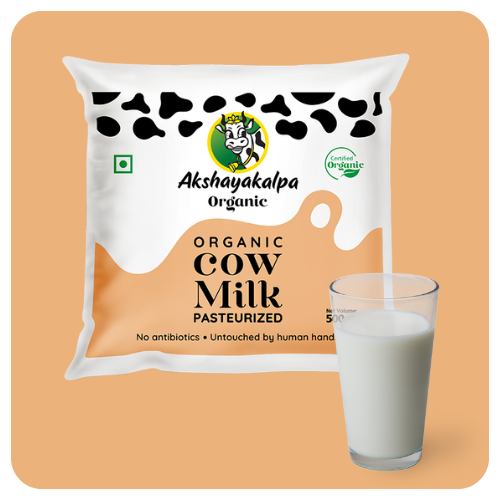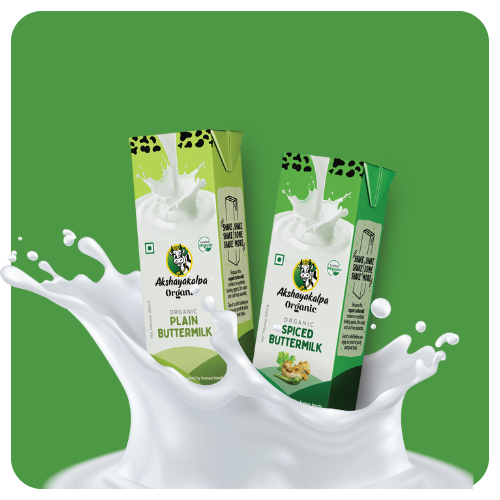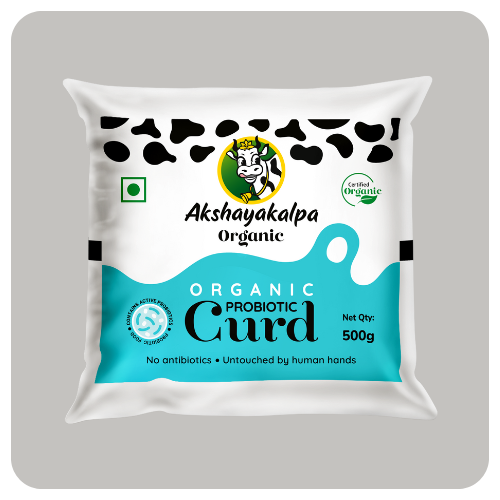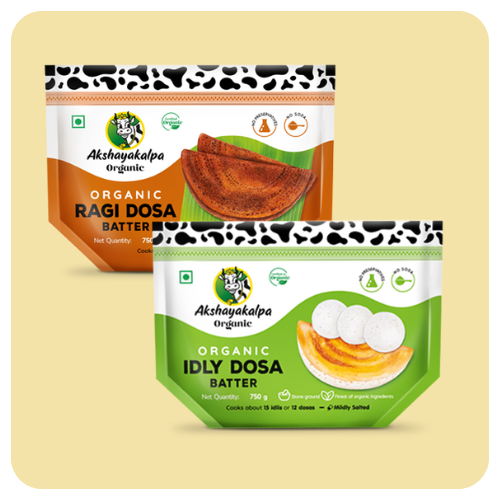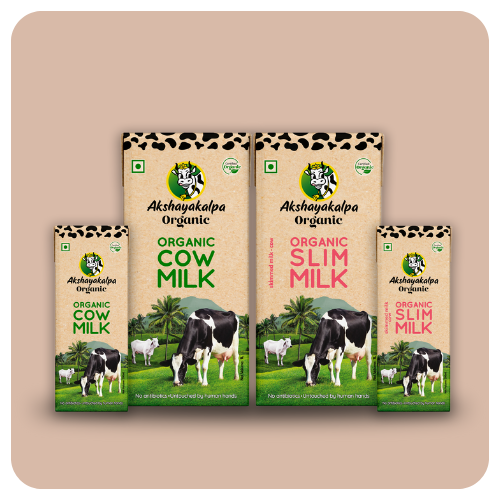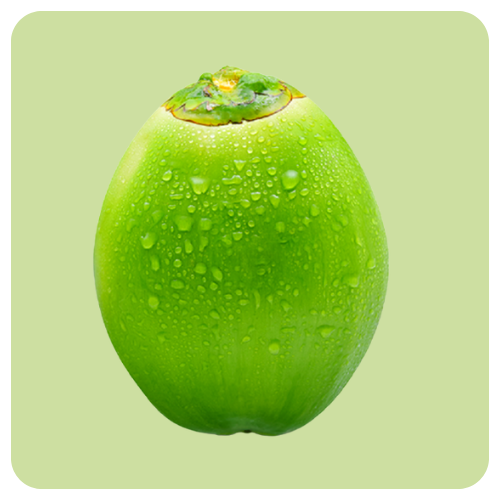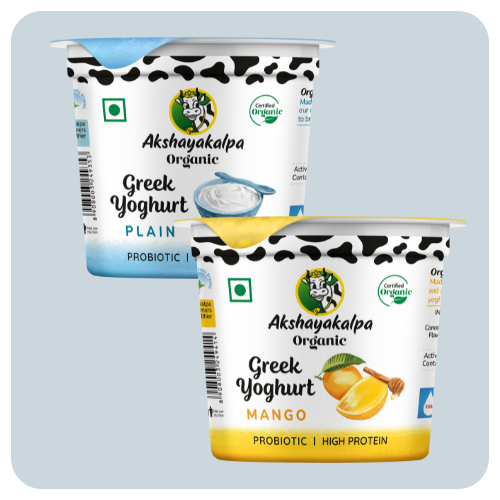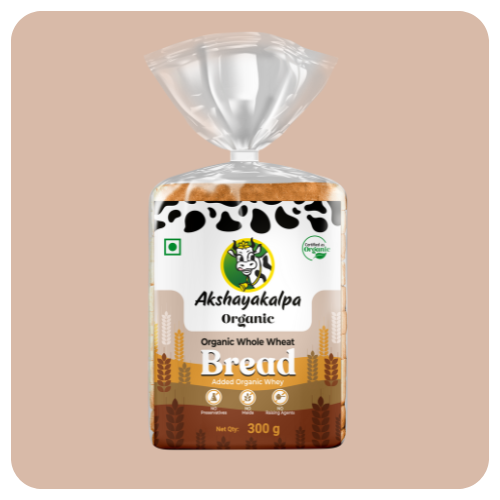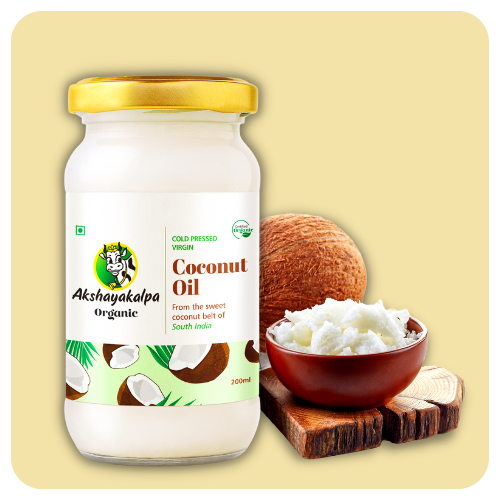Role modeling in farming

Role model farms, or demonstration farms are farms traditionally owned by governments or universities. They are akin to an experimental laboratory in which agricultural research is carried out.
The history of model farms dates back a little less than 3 centuries, with the aristocrat Phillp Emmanuel von Fellenberg purchasing about 250 acres of land near the Swiss city of Bern. What underpinned Fellenberg’s agricultural enterprise was a larger philosophy of social harmony, in which the rich and the poor lived together united and in harmony. Physical, moral and intellectual education were to be the bedrock of Fellenberg’s enterprise. He saw agriculture as the foundation for such a project – it was suited to the laboring classes of his society and found it to ‘elevate and purify the mind’. The model farm he called Howfyl was no stranger to scientific methods either. It was surrounded by villages and was relatively isolated from what Fellenberg considered ‘bad examples’. It was also poorly cultivated. He incorporated livestock into this farm, alongside a myriad of quality of life improvements to the farm such as converting swampy grounds into meadows and building granaries to stock produce and reservoirs for manure. For cattle, he used stall-feeding instead of the traditional pasture grazing and ensured that the stalls were supplied with fresh grass.
Through a system of four years of cropping, deep plowing and advanced instruments to break down soil, the yields on Howfyl exploded, with fields of grain producing 19 times the amount sown. In many ways, it was the first agricultural university. The students followed a rigorous schedule which started at 5 A.M and ended at 10 P.M. This slowly attracted peoples from all across the continent, including the upper echelon, figures such as the king of Wurtemberg. Elite families sent their prodigy into the farm to work and learn with Fellenberg. Howfyl was becoming a full-fledged university by 1815, including many areas of the human sciences. Agricultural research and experimentation, of course, remained.
It is important to note,however, that his rich students and poor students received varied types of training, with the former being pushed towards more high-skilled labor and being allowed more flexibility within his farm to perform their own experiments, while the latter were restricted to manual labor and tertiary services.
Model farms are a way for farmers to keep in touch with developments in agriculture without themselves not having to take on costs of performing experiments on their own farms. Model farms also specialize in agricultural research, ensuring that experiments running on the farms are at the cutting-edge. [1]
Seaman Asahel Knapp was another early pioneer of model farming. Born in Essex County, New York, he moved to Iowa due and tried to do farming, but couldn’t as he had bad health. After serving as superintendent for a blind school in Iowa for 8 years, he returned to agriculture, editing a farming journal. A land development company in Louisiana hired Knapp to see what crops could be grown on their recently acquired 1.5 million acres of land (which was considered to be unarable) and to attract farmers to the area, and Knapp spearheaded Southwest Louisiana’s occupation as a major rice producer.
In 1903-1903, Knapp started the Farmer’s Cooperative Demonstration Work. A deadly insect for cotton buds called the boll weevil was beginning to enter Texas. During the scare, Knapp reassured farmers that diversified cropping and improved farming methods could still sustain cotton farming despite the infestation. In a landmark move, he engaged with the farm of Walter. C. Porter to combat the infestation and as a demonstration to other farmers to do the same. This was the first example of a ‘cooperative demonstration farms in action’. The cooperation was between Walter and the Department of Agriculture, as well. It turned out to be a success and Knapp was commissioned to develop a programme based on demonstration farming.
The object of a demonstration farm was:
“to place a practical object lesson before the farm masses, illustrating the best and most profitable methods of producing the standard farm crops”
It laid the foundation for the Smith-Lever Act in 2014 which provided for the Agricultural Extension Programme in all the states. Seaman Knapp is remembered as one of the most influential figures in American agriculture.
Knapp also foregrounded ‘doing’ over seeing or hearing. Demonstration farming was an effort to put this principle in action. His method also laid the groundwork for extension services offered to farmers. Knapp also stated that the ‘farmer is a natural doubter’ and improved yield might not lead farmers to conclude that it is because of improved farming practice. Which meant that the demonstration farms needed to be managed over long periods. But through the course of a few years, the model farmer will have imitators and his role will be catapulted to that of a leader, with many of his fellow farmers coming to him asking how the yields have improved. This, according to Knapp, will extend to the town’s curiosity being piqued, then the country and then the state itself thereby transforming agricultural practice.
Many development farms exist, funded by universities and governments. [2] [3] [4]
The University of Illinois’ Experimental Dairy Farm is marked as an historic district. It was created to help increase milk productivity and to “administer research activities within the college”. Architecturally, it is a round barn which emphasizes labor efficiency, an economy of consideration while being low maintenance
Modern demonstration farms need to account for far more variables such as changing farm structures and policies, capricious markets, Information Communication Technology and general technology advancements. Some ways of enabling farmers to learn in the demonstration programmes include providing a space for interactive learning whereby farmers interact and engage with their peers, learning by doing, having effective mediation during the learning process, engaging participants in open discussion, and taking stock of learning capacities of individual farmers/participants.
Demonstration farms, thus, serve varied purposes. They are an integration of farming practices, research and ultimately a way of life.
They can help farmers develop their sense of identity, combat and wrestle with their own ideas of farming, keeping farmers up to date with innovations in agriculture and acting as an agent for change.
Demonstration farms also encourage clusters to be formed which enable networking opportunities for the farmers. This, in turn, has the potential to fight the atomization that farmers might be facing as agriculture gets increasingly marginalized in the broader economy. It also allows for farmers to be competent. [5] [6]
References:
https://en.wikipedia.org/wiki/University_of_Illinois_Experimental_Dairy_Farm_Historic_District
https://www.journals.esciencepress.net/index.php/IJAE/article/view/2677/1316
https://www.jstor.org/stable/4231150
https://plaid-h2020.hutton.ac.uk/blogs/history-demonstration-farming
